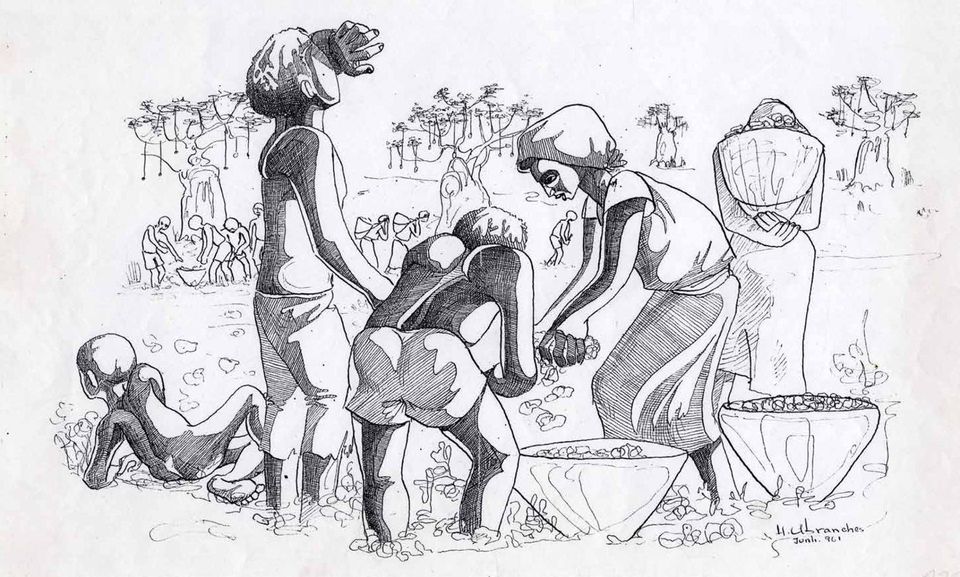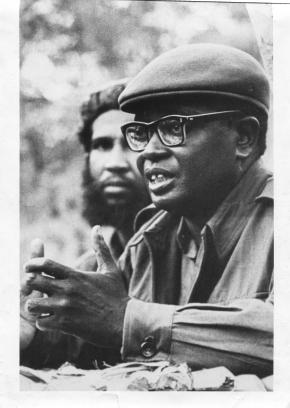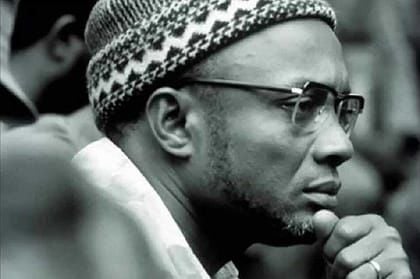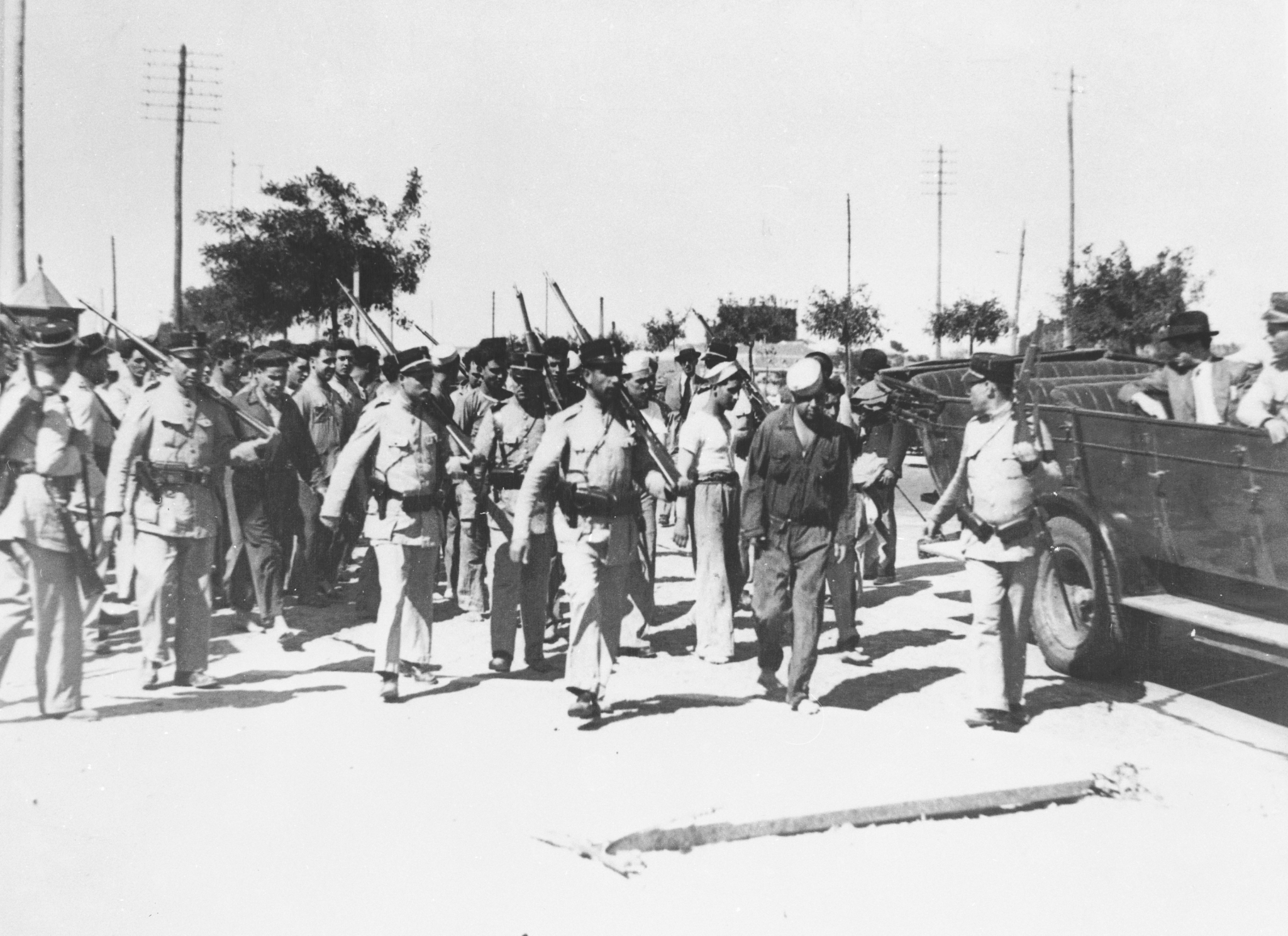Baixa do Cassange Revolt
#Inthisday, on January 4, 1961, in the cotton fields of Baixa do Cassange, Malanje province, the peasants at the service of Cotonang (Companhia do Algodão de Angola) refuse to work and burn the seeds supplied by the cotton company. Thus, the revolt, with the assaults on the jails of Luanda and the death in the North of Angola, opened an explosion of hatred and violence and marked the beginning of the end of portuguese colonialism.
Under the specter of neighboring Congo’s recent independence, the protest dates back to the late 1960s, when peasants stop production, refuse to pay taxes, destroy bridges, cut roads, burn down company vehicles and buildings, loot shops and attack white settlers, Cotonang foremans and military forces sent to impose order.
However, the injustice of the cotton regime was already long, based, on the one hand, on compulsory culture, which compelled peasants to grow cotton to the detriment of subsistence crops, and, on the other hand, on the very low prices paid, on corporal punishment, forced labor and the complete disprotection of workers. In January 1961 the protest gained strength and spreads throughout the region and in February the colonial authorities responded by sending militarized forces, summary executions, prison slot and villages bombarded with napalm. Violence translates into an indeterminate number of deaths, between the large hundreds and 10,000.
The regime, while trying to cover up the events, sees it as a lift against national sovereignty. The events will precipitate with the assault on the jails on February 4 and the massacres of white and black people working on farms in northern Angola by the UPA (Union of Peoples of Angola) in March 1961, leaving a list of thousands of deads. “To Angola quickly and in force,” Salazar will say, after surviving the coup d’état by Botelho Moniz in April.
The Baixa de Cassange revolt would be recovered as the genesis of the struggle for liberation in the following decade and a half.
Image: Cotton Catcher, 1961, Drawing by Henrique Abranches.



